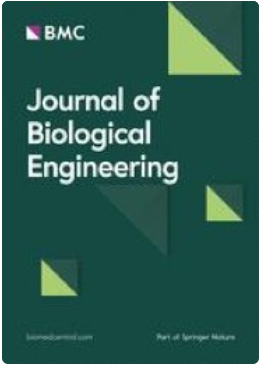An engineered ligand-responsive Csy4 endoribonuclease controls transgene expression from Sendai virus vectors
IF 5.7
3区 生物学
Q1 BIOCHEMICAL RESEARCH METHODS
引用次数: 0
Abstract
Viral vectors are attractive gene delivery vehicles because of their broad tropism, high transduction efficiency, and durable expression. With no risk of integration into the host genome, the vectors developed from RNA viruses such as Sendai virus (SeV) are especially promising. However, RNA-based vectors have limited applicability because they lack a convenient method to control transgene expression by an external inducer. We engineered a Csy4 switch in Sendai virus-based vectors by combining Csy4 endoribonuclease with mutant FKBP12 (DD: destabilizing domain) that becomes stabilized when a small chemical Shield1 is supplied. In this Shield1-responsive Csy4 (SrC) switch, Shield1 increases Csy4 fused with DD (DD-Csy4), which then cleaves and downregulates the transgene mRNA containing the Csy4 recognition sequence (Csy4RS). Moreover, when Csy4RS is inserted in the viral L gene, the SrC switch suppresses replication and transcription of the SeV vector in infected cells in a Shield1-dependent manner, thus enabling complete elimination of the vector from the cells. By temporally controlling BRN4 expression, a BRN4-expressing SeV vector equipped with the SrC switch achieves efficient, stepwise differentiation of embryonic stem cells into neural stem cells, and then into astrocytes. SeV-based vectors with the SrC switch should find wide applications in stem cell research, regenerative medicine, and gene therapy, especially when precise control of reprogramming factor expression is desirable.工程配体响应型 Csy4 内切核酸酶控制仙台病毒载体的转基因表达
病毒载体具有广泛的滋养性、较高的转导效率和持久的表达能力,因此是极具吸引力的基因递送载体。由仙台病毒(SeV)等 RNA 病毒开发的载体没有整合到宿主基因组的风险,因此特别有前景。然而,基于 RNA 的载体的适用性有限,因为它们缺乏通过外部诱导剂控制转基因表达的便捷方法。我们通过将 Csy4 内切核酸酶与突变体 FKBP12(DD:不稳定结构域)结合,在仙台病毒为基础的载体中设计了一种 Csy4 开关。在这种 Shield1 响应型 Csy4(SrC)开关中,Shield1 会增加与 DD 融合的 Csy4(DD-Csy4),然后裂解并下调含有 Csy4 识别序列(Csy4RS)的转基因 mRNA。此外,当 Csy4RS 插入病毒 L 基因时,SrC 开关会以依赖 Shield1 的方式抑制 SeV 载体在感染细胞中的复制和转录,从而使载体从细胞中完全清除。通过在时间上控制 BRN4 的表达,带有 SrC 开关的表达 BRN4 的 SeV 载体能有效地将胚胎干细胞逐步分化为神经干细胞,然后再分化为星形胶质细胞。带有SrC开关的基于SeV的载体将在干细胞研究、再生医学和基因治疗中得到广泛应用,尤其是在需要精确控制重编程因子表达的情况下。
本文章由计算机程序翻译,如有差异,请以英文原文为准。
求助全文
约1分钟内获得全文
求助全文
来源期刊

Journal of Biological Engineering
BIOCHEMICAL RESEARCH METHODS-BIOTECHNOLOGY & APPLIED MICROBIOLOGY
CiteScore
7.10
自引率
1.80%
发文量
32
审稿时长
17 weeks
期刊介绍:
Biological engineering is an emerging discipline that encompasses engineering theory and practice connected to and derived from the science of biology, just as mechanical engineering and electrical engineering are rooted in physics and chemical engineering in chemistry. Topical areas include, but are not limited to:
Synthetic biology and cellular design
Biomolecular, cellular and tissue engineering
Bioproduction and metabolic engineering
Biosensors
Ecological and environmental engineering
Biological engineering education and the biodesign process
As the official journal of the Institute of Biological Engineering, Journal of Biological Engineering provides a home for the continuum from biological information science, molecules and cells, product formation, wastes and remediation, and educational advances in curriculum content and pedagogy at the undergraduate and graduate-levels.
Manuscripts should explore commonalities with other fields of application by providing some discussion of the broader context of the work and how it connects to other areas within the field.
 求助内容:
求助内容: 应助结果提醒方式:
应助结果提醒方式:


